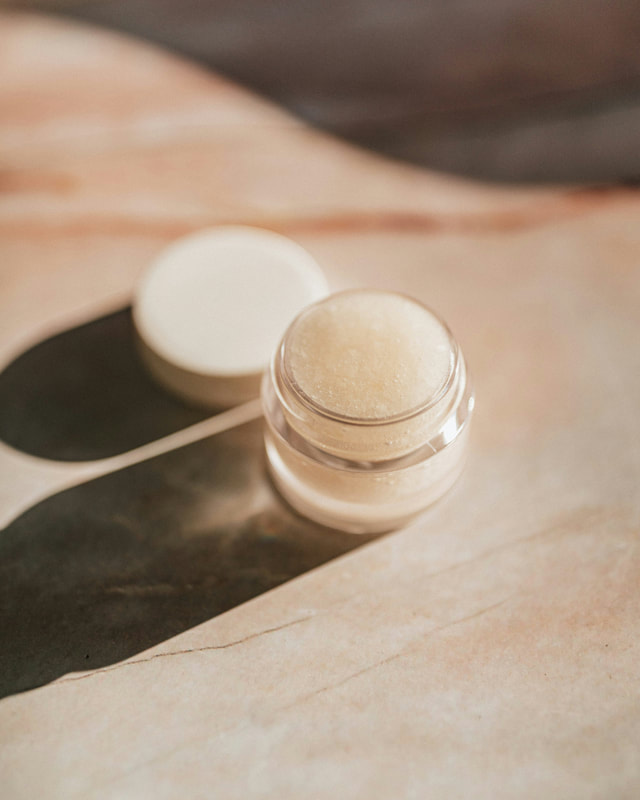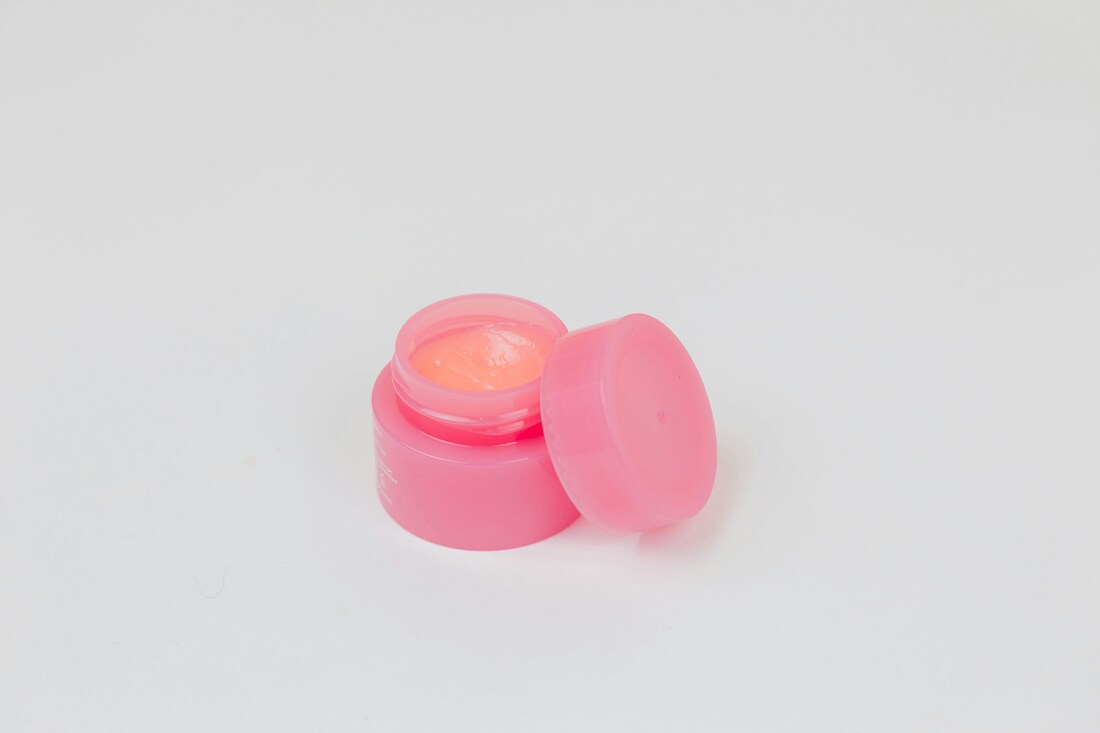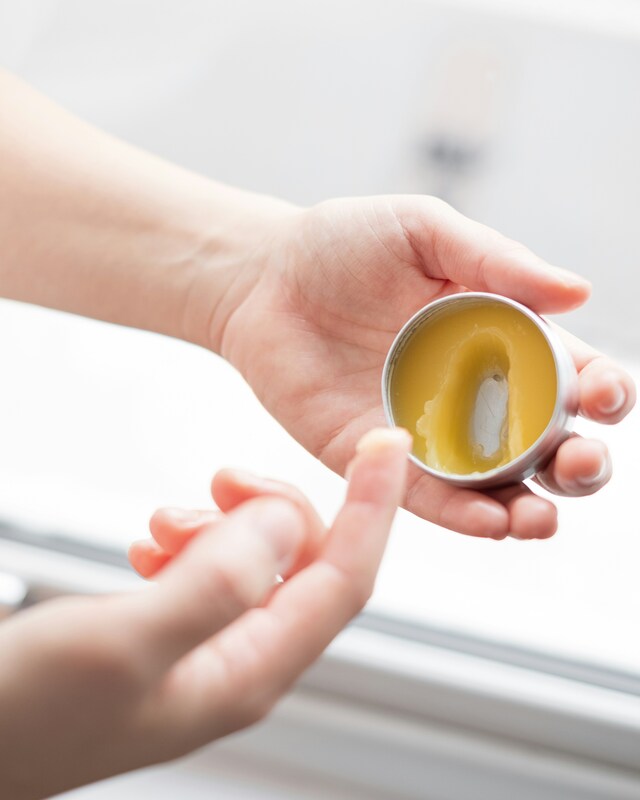Lip balm is a waxy or oily substance designed to moisturize, soothe, and protect the delicate skin of the lips. It acts as a barrier against environmental factors like wind, cold, and dry air, which can lead to chapped or cracked lips.
|
Why Lips Need Special Care
Unlike the rest of your skin, your lips:
Core Functions of Lip Balm
|
Types of Lip Balm
|
|
🧬 How Lip Balm Works on a Skin Science LevelLip balm works primarily through two mechanisms:
|
🕰️ Brief History of Lip Balm
|
💡 Uncommon Lip Balm Uses
- Eyebrow tamer – Use a tiny bit to hold brows in place.
- Cuticle care – Heals dry or cracked cuticles.
- Soothing nose area – Great during colds when skin around the nostrils gets raw.
- Preventing blisters – A slick layer can reduce friction in shoes or on skin.
- Highlighter – Apply to cheekbones for a dewy look (if balm has a glossy finish).
- Quick fix for flyaways – Tames stray hairs on the go.
🌞 Lip Balm and Seasons: How to Adjust
🧪 What to Avoid in a Lip BalmThese ingredients can worsen dryness or cause reactions:
- Summer: Use SPF balm, lightweight, non-melting formula.
- Winter: Choose thicker balms with waxes and lanolin for wind protection.
- Spring/Fall: Balms with balanced emollients for hydration without heaviness.
- Dry climates: Look for balms with humectants and occlusives.
- Humid climates: Go for light, breathable formulas to avoid feeling greasy.
🧪 What to Avoid in a Lip BalmThese ingredients can worsen dryness or cause reactions:
- Phenol, menthol, camphor: Can irritate sensitive lips.
- Fragrance/parfum: Unnecessary and often causes allergic reactions.
- Salicylic acid: Meant to exfoliate, but too harsh for lips.
- Alcohol-based ingredients: Drying and irritating.
- Artificial dyes: Often unnecessary and can irritate.



